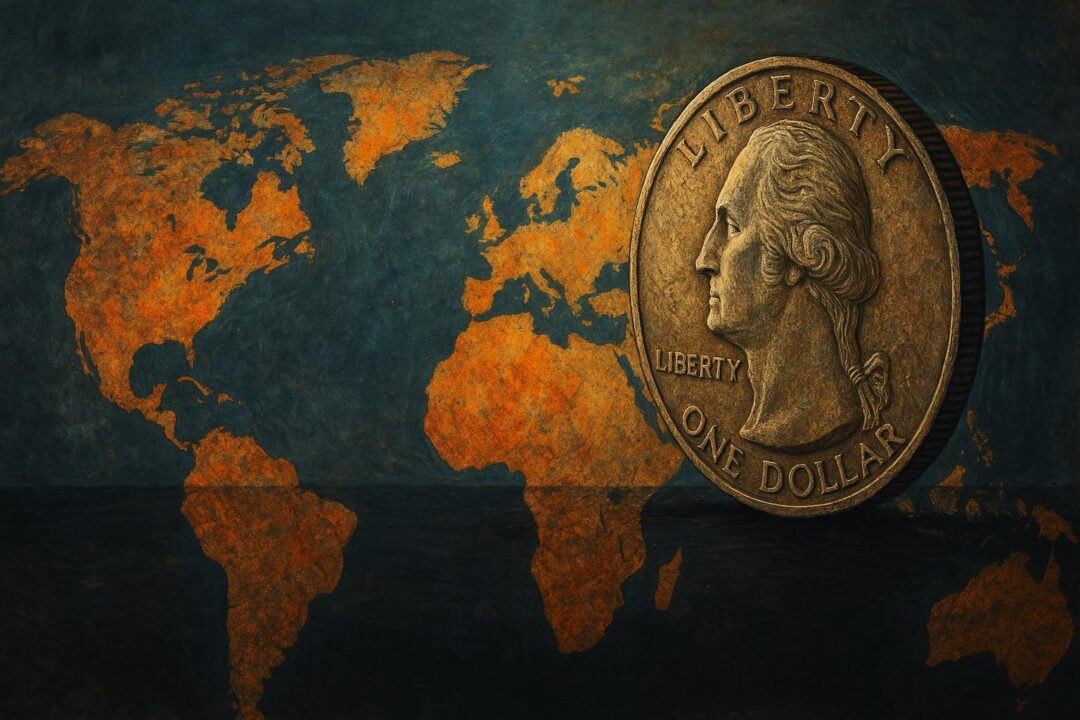I’ve been thinking about something lately — a sort of intersection between global finance, central banking, and geopolitics. This isn’t financial advice, and I’m not claiming this is 100% correct. Just sharing a working theory I’m trying to wrap my head around.
Here’s the basic idea:
Could the U.S. use its closest allies — like Japan — to quietly support demand for U.S. Treasuries using swap lines as a kind of stealth financial tool?
Almost like a backdoor version of QE (quantitative easing), but softer, quieter, and politically safer.
First: What Are Swap Lines?
Swap lines are currency agreements between central banks. For example, the U.S. Federal Reserve might give the Bank of Japan access to U.S. dollars. In exchange, the BoJ gives the Fed yen, and later they swap back, with a small interest rate tacked on.
It’s a temporary liquidity move — not a gift, technically, but functionally it’s like letting a friend borrow your currency printer.
The public framing is that swap lines are just a way to ensure dollar liquidity during financial stress. That’s true — but there may be more going on beneath the surface.
“Free Money”? Not Exactly, But…
When the Fed opens swap lines to a country like Japan, it’s essentially handing over dollar liquidity at low rates, with no Congressional approval needed.
Japan can then choose what to do with those dollars. And here’s where it gets interesting: Japan could use them to buy U.S. Treasuries, either directly or by freeing up other dollar reserves to do so.
That would mean the U.S. gets support in its bond market without the Fed having to officially announce QE or expand its balance sheet.
It’s not QE, but the outcome could be similar: lower yields, higher Treasury demand, and less market pressure.
Why Japan?
Japan is just the clearest example of how this could work:
- It’s the largest foreign holder of U.S. Treasuries (even more than China).
- It’s tightly aligned with the U.S. both militarily and diplomatically.
- It faces constant dollar needs and FX pressures, so it has a reason to participate in swap lines and hold dollar assets.
It’s possible — maybe even likely — that this kind of coordination has already happened. But here’s the bigger point:
It’s Not Just Japan
This same playbook could apply to any number of allied nations:
- The UK
- Canada
- The EU
- Even Switzerland or South Korea
Any country that has deep political, military, or financial ties to the U.S. and access to swap lines could, in theory, be part of this quiet circle of support.
If the U.S. needed to stabilize Treasury markets but didn’t want to relaunch QE, it could lean on its allies — sometimes gently, sometimes with more pressure — to step in and do the buying.
That’s where the geopolitical influence matters. These countries aren’t being forced, but they may be strongly encouraged — especially when U.S. protection, trade agreements, or intelligence sharing are part of the broader alliance.
Is This “Secret QE”?
Not really. QE is the Fed directly buying Treasuries or other assets.
This is more like stealth financial diplomacy — using swap lines and global influence to coordinate Treasury demand without formal announcements.
It’s not illegal. It’s not even hidden if you know where to look. But most people aren’t reading swap line data or watching foreign central bank reserve movements. That’s why I think of it as quiet support — effective, subtle, and outside the public spotlight.
Final Thought
Again, this is just my interpretation. I’m not an economist or insider. But from what I can see, the U.S. has built a powerful web of tools — swap lines, military alliances, and reserve currency dominance — that let it informally reinforce demand for its debt.
Japan might be the most obvious example, but the bigger idea is that the U.S. has a global network of allies it could lean on if needed. That’s a kind of soft financial power that doesn’t get talked about nearly enough.
Happy to be wrong — and open to counterarguments.
Discover more from Brin Wilson...
Subscribe to get the latest posts sent to your email.



